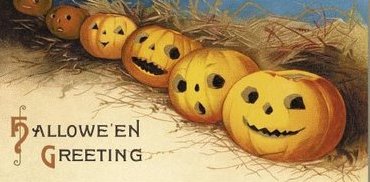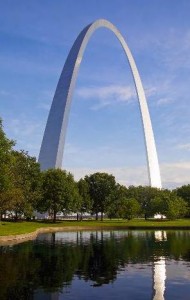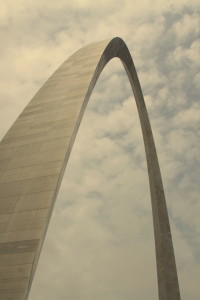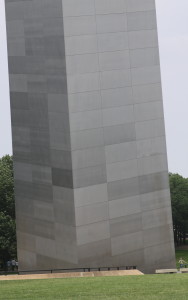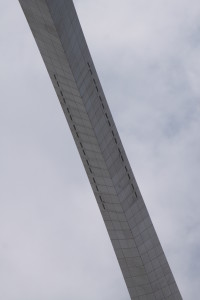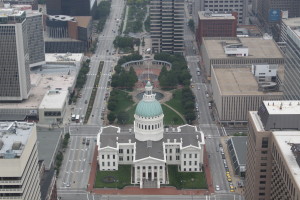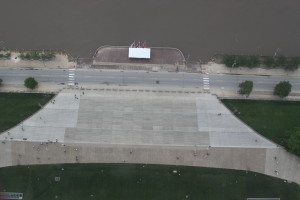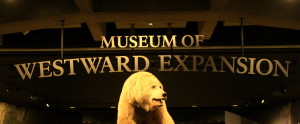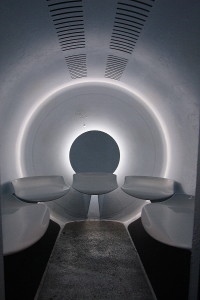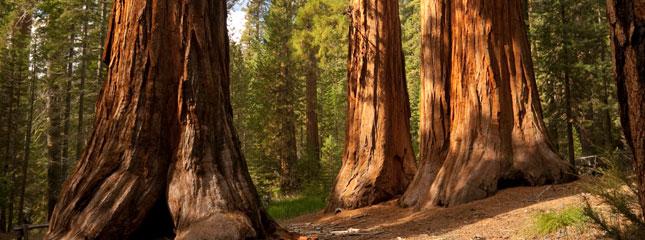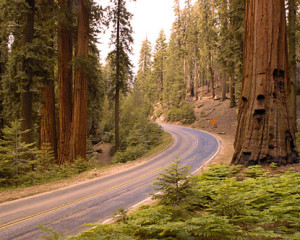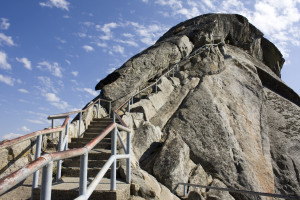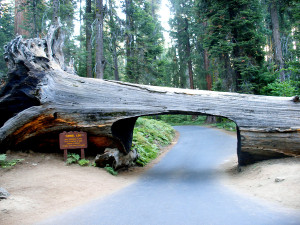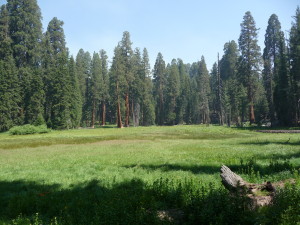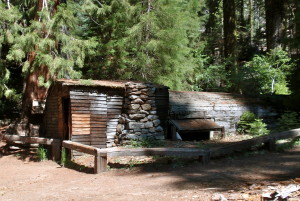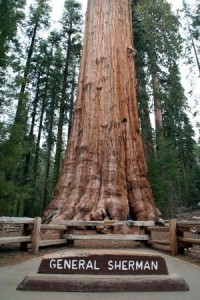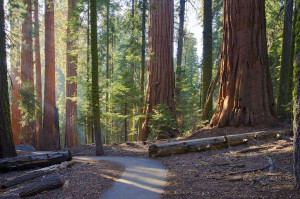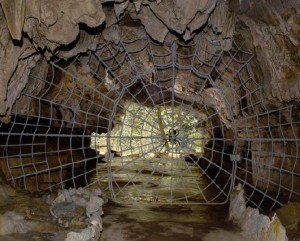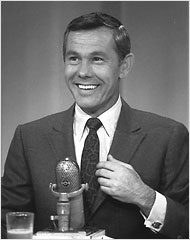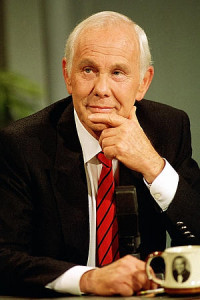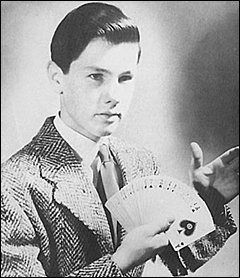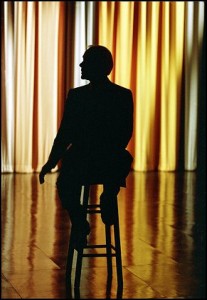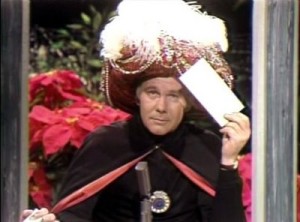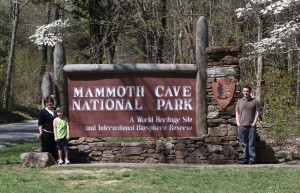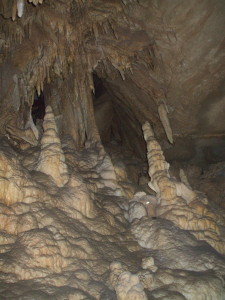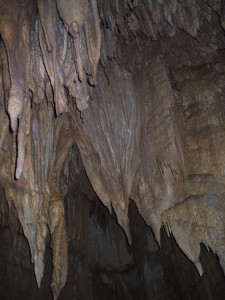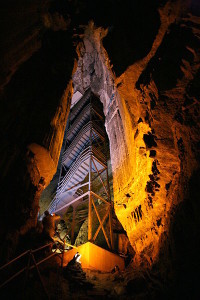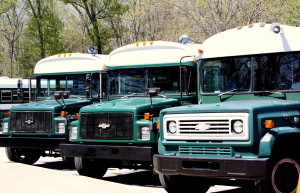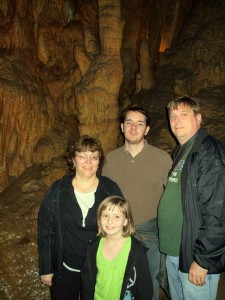One of my favorite holidays growing up as a kid was Halloween; I loved dressing up in the costumes, treat or treating in our neighborhood in the San Fernando Valley and then bringing home a bag filled with candy! Today, kids celebrate the holiday by going to spooky haunted houses, trick or treating at the local mall or going to a Halloween party.
Part of the fun of Halloween was selecting the perfect costume. Back in the 1960s, the children’s costumes were often made by their mothers or sometimes they just purchased Halloween face masks from their local stores. Luckily my mother was very good with her sewing machine and she made most of our costumes. When I was little girl, she made a clown costume and I wore it for Halloween in 1963. She saved that costume and when my son was about 3 years old he wore for his first Halloween. Many years later, my daughter wore it as her Halloween costume, too. What a lovely family tradition! That clown costume is now almost 50 years old and I will carefully pack it away and save it for my future grandchild to wear on their first Halloween!!
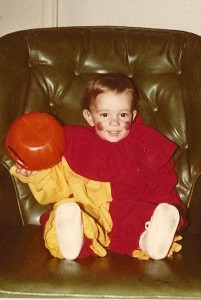
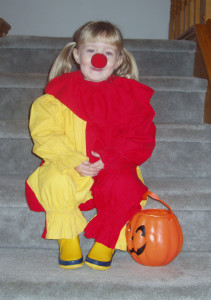
The History of Halloween
Halloween, sometimes known as All Hallows’ Eve, is celebrated on October 31st. It is a festive time for trick or treating, carving pumpkins, attending costume parties and maybe bobbing for apples … but what is the origin of Halloween and the meaning behind some of those traditions and customs?
Some historians say that the origins of Halloween are based in the Roman feast of Pomona or in the festival of Parentalia or the Celtic festival of Samhain. Samhain was an old Irish celebration held at the end of summer and it was on or about October 31 or November 1. The festival marked the end of the harvest season and the beginning of preparing for the coming winter. Centuries ago, the Samhain festival was believed to be a time when the souls of the dead came into our world and would visit the homes of their relatives, some people wore costumes to disguise themselves from the evil spirits. The tradition of carving pumpkins may have come from the Samhain festival and the custom of carving turnip lanterns, these lanterns were used at night when the children would be lead door to door to collect food for the festival. People would gather and light bonfires and play divination games as part of the festivities.
Halloween is also influenced by the Christian holy days of All Saint’s Day and All Soul’s Day when the custom is to pray for the saints and the recently departed who have not yet reached Heaven. Originally the days were celebrated in May but in the year 835 Pope Gregory IV changed the dates to November 1 and 2. The custom known as “souling” is the tradition of baking soul cakes to honor those in purgatory, then the soul cakes are collected by the children as they go door to door. It is believed that the souls of the departed wander our world until All Hallows’ Eve, a date which is their one last chance to seek vengeance on their enemies and this is the reason the people wore costumes to disguise themselves. In Britain, these customs were deemed unacceptable by the Protestants during the Reformation. So when Guy Fawkes Night, celebrated on November 5, gained popularity those traditions were incorporated into that holiday.
It wasn’t until the late 18th and early 19th century that the Irish and Scottish immigrants brought their traditions and customs to the United States. In the early 20th century, the holiday known as Halloween gained popularity and was celebrated nationwide regardless of people’s social, religious and racial backgrounds.
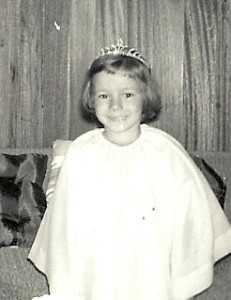
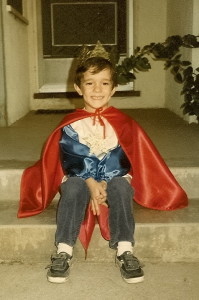
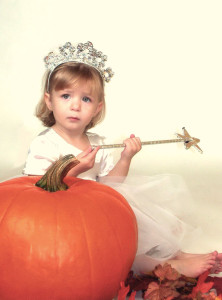
Halloween traditions and customs
- The turnip lanterns were traditionally used in Ireland and Scotland for the Celtic festival of Samhain and the immigrants brought those traditions to the United States but substituted the turnip for the North American native pumpkin. Eventually the American tradition of carving pumpkins became popular nationwide and pumpkins were grown commercially and specifically marketed for Halloween.
- Turnip lanterns were hallowed out, carved with faces and light inside by a candle. During the Celtic celebration of Samhain, people would set the lanterns out on their windowsills to confuse the evil spirits from entering their homes and haunting them. For Catholic children, it was a tradition to carry jack-o-lanterns to honor the souls of the dead as they went door to door collecting the soul cakes during All Saint’s Day and All Soul’s Day.
- Trick or treating is usually the highlight of a children’s Halloween. Dressed in costumes, the “treat” when the children go from house to house is asking for candy and the “trick” refers to the mischief that would happen if there was no treat! Trick or treating became popular nationwide in the United States during the 1930s.
- In the late 1800s in Ireland and Scotland children went “guising”, the children would dress in costumes and carrying carved turnip lanterns as they would visit homes and receive cakes, fruit or money.
- In Medieval times there was a practice known as “mumming”. People would wear costumes and go to door to door offering prayers for the dead in exchange for treats such as “soul cakes”.
- Halloween costumes were traditionally ghosts, skeletons, witches and devils. In the United States, costumes became popular in the early 20th century and the first mass-produced costumes started selling in stores in the 1930s. Today, Halloween costumes include popular characters from storybook and comic book heroes and villians, while other more adult costumes are based on movie and television characters or sometimes current celebrities and politicians.
- In Scotland there was a custom known as “dooking” or apple bobbing. Apples were floated in a large basin of water and people would traditionally use their teeth to remove the apples from the basin without using their arms or hands.
- Since Halloween is celebrated during the fall harvest season there is an abundance of apples available and during October the grocery stores will sell candy apples or caramel apples. (Caramel apples are one of my favorite fall treats, I like them with or without peanuts!)
- Haunted houses are a favorite Halloween entertainment activity and there are a larger number of local and national venues that offer mild to extremely scary haunted houses. Sometimes at the venues, they will offer corn mazes and hayrides out to the pumpkin patch and at the night there can be the possibility of encountering the Headless Horseman!
- Telling ghost stories at Halloween parties and watching horror films on DVD in the weeks leading up to Halloween can be alot of fun. Television series will have special Halloween themed episodes or the networks will show Halloween specials, like “It’s the Great Pumpkin Charlie Brown”. (Watching the Peanuts special is one of our family’s holiday traditions. We also like to watch the “Nightmare Before Christmas” every Halloween … for more information about the Tim Burton film, please check this month’s post, Nightmare Before Christmas the Movie)

